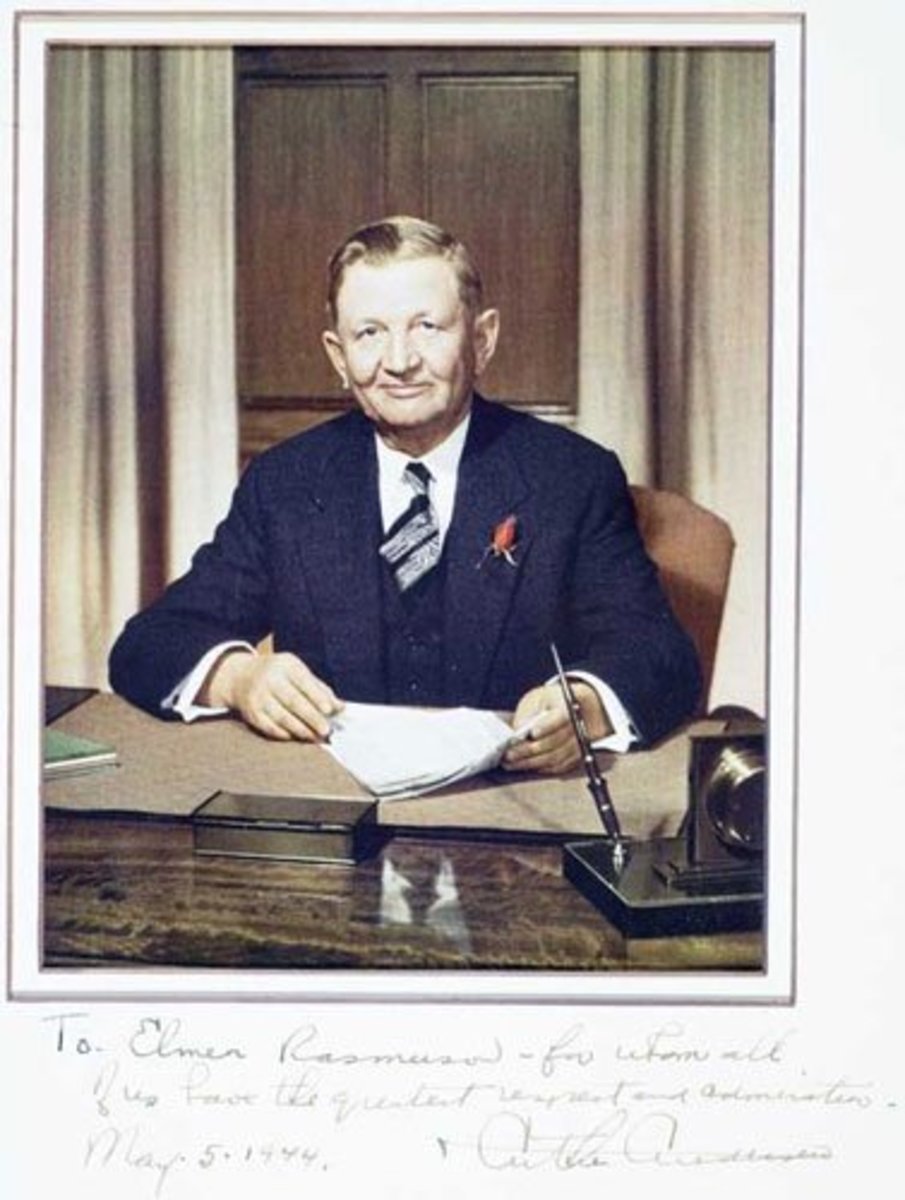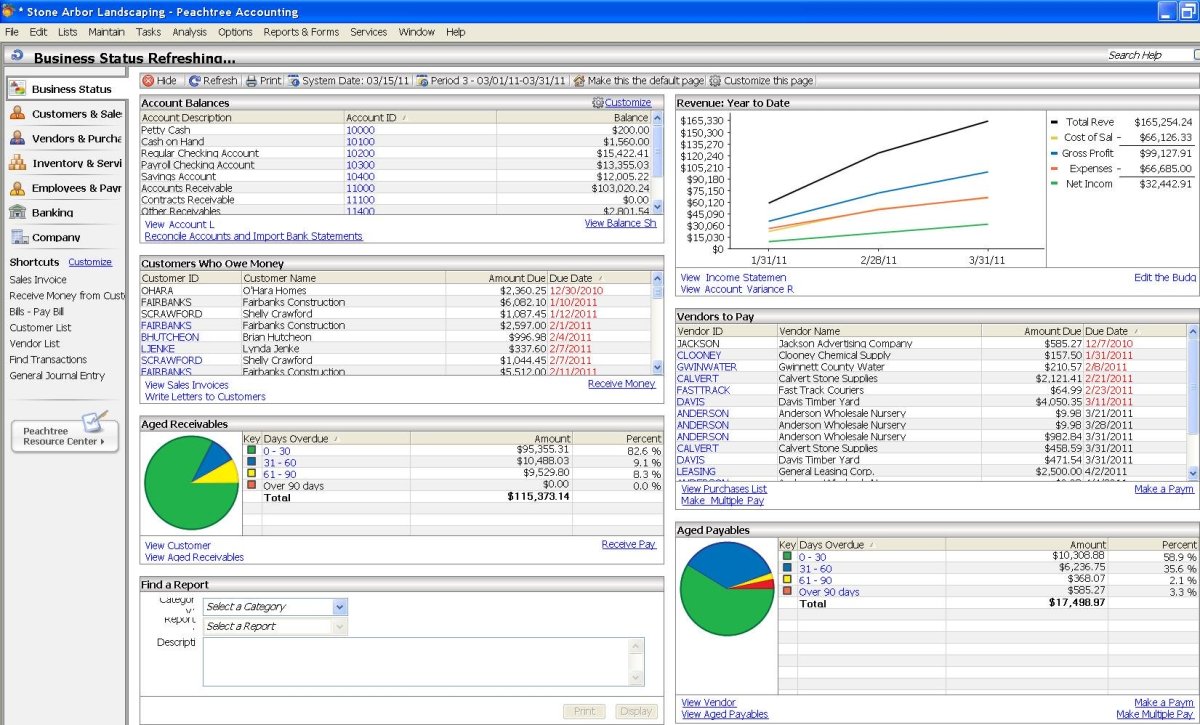Revenue Recognition: The Basics You Need to Know

In the Accounting field, revenue is recognized when a performance obligation is satisfied. This is the core fundamental principle of revenue recognition as we know it. However, there are instances when it is permissible for individuals and business entities to recognize revenue over a period of time. This is because, we have to account for the fact that the fair values of assets and liabilities change over time. In simple words, a dollar today is not worth the same, say, in 10 or 20 years from now. Yet, in other occasions, individuals and business entities are allowed to recognize revenue at the point of sale, as long as they follow the proper Generally Accepted Accounting Principles (GAAP) for revenue recognition, implemented by the Financial Accounting Standards Board (FASB).
Having said all of that, we will now briefly discuss about two of the most common revenue recognition methods:
(1) Revenue recognition when performance obligation is met.
(2) Revenue recognition over a period of time during a long-term financial project.
We will elaborate on these two methods further with some simple, yet easily-comprehensible, real life examples.
Method 1: Recognizing Revenue after Performance Obligation is Met
Generally, revenue is often recognized at the time of the sale, because this is when the actual sale of the goods or services is complete. At this point, we have satisfied our earning process by completing a sales transaction. However, we have to remember that we have not really “earned” the revenue (i.e. unearned revenue) just by completing our sales of good and services to our customers. We will only earn the revenue, when the customers have the legal possession of the goods and services, and are legally responsible for them. At that crucial stage, then, we have truly met our service obligations to the customers and we can recognize our sales or service revenue appropriately.
A real life example of this would be buying an airline ticket from Jet Blue Airways and flying to New York. When we book and pay for an airline ticket online or in person, Jet Blue has completed their sales obligations and process of earnings. However, we, as customers, have not received Jet Blue’s actual service yet until the day of the flight. The airlines company has not really “earned” their service revenue, even though, they have completed the sales. Jet Blue Airways will only truly recognize their service revenue, when we have actually boarded their plane from Sky Harbor International Airport, and actually landed at JFK at the end of our flight.
Method 2: Recognizing Revenue over a Period of Time Intervals
It is appropriate to recognize revenue over a period of time in intervals if a long-term contract of service has been agreed upon between the buyer and the seller. Based on mutual agreement, a seller can charge a buyer a certain cost and transfer the title of ownership of certain number of units of goods at a certain completion stage of the contract, even though the entire contract obligation has not been met. The seller can recognize revenue when the goods are delivered to the buyer. The principle that justifies this form of revenue recognition is called the Percent of Completion Method.
For example, let’s say, on January 15, 2020, the infamous aircraft manufacturer Airbus enters into a $10 billion contract agreement with Emirates Airlines to produce and deliver 100 Airbus A350 aircrafts to the airlines by January 15, 2030. In addition, in the contract, it is stipulated and agreed upon by both parties that Emirates will pay $5 billion of the $10 billion to Airbus on January 15, 2025, when Airbus completes production of the first 50 A350s and delivers them to Emirates, and 50 percent of the contract obligations have been met. Now, let’s fast forward to January 15, 2025. Airbus has met the 50 percent contract obligations and completed production of the first 50 A350s and delivered them to Emirates on time. At this point, Airbus can invoice Emirates the $5 billion for its services up to January 15, 2025 and record sales. Once Emirates pays the $5 billion to Airbus in full amount, the aircraft manufacturer can recognize revenue. At the same time, they can now move forward with the production of the remaining 50 A350 aircrafts.
In summary, revenue recognition is one of the most fundamental principles one will encounter in Accounting. Individuals and business entities are required to recognize revenue for accounting purposes at various points of financial transactions. They can be recognized at the time of sale, when performance obligations are met, and also over a time period during a long-term financial project. Keeping that in mind, we discussed about revenue recognition method after performance obligations are met. Then we discussed about the revenue recognition method over a long period of period when a long-term financial project is ongoing. To make these two key concepts or methods easier for the audience to understand, we elaborated our explanations further by adding on real life examples within our discussions.
This content is accurate and true to the best of the author’s knowledge and is not meant to substitute for formal and individualized advice from a qualified professional.
© 2020 Zunaid Kabir








